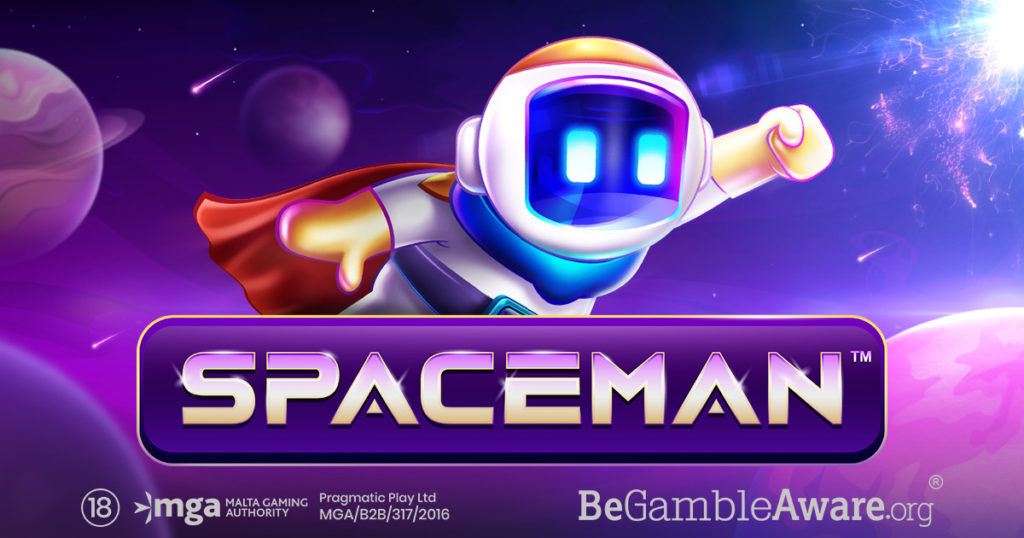The Spaceman slot by Pragmatic Play has become a fascinating option for UK players looking to explore an out-of-this-world casino game experience. While this slot combines thrilling space themes with engaging mechanics‚ it’s crucial to understand how it performs regionally and what UK players can expect when hopping onboard this interstellar slot adventure.
Understanding Spaceman: A Popular Casino-Game Review
Spaceman‚ developed by the renowned Pragmatic Play‚ invites players to embark on a space exploration journey filled with cosmic symbols‚ multipliers‚ and bonus features. UK players have responded enthusiastically to its slick interface and dynamic gameplay.
Game mechanics and features
- 5 reels and 25 paylines offering various payout possibilities.
- Wild symbols that substitute for other symbols to build winning combos.
- A free spins bonus round triggered by scatter symbols.
- Multiplier features that can significantly boost wins.
Spaceman’s RTP (Return to Player) stands around 96.5%‚ a competitive rate in the UK online casino market. The volatility is medium-high‚ appealing to players who enjoy the chance for sizeable wins balanced by moderate risk.
Regional Popularity: How UK Players Engage with Spaceman

Spaceman Slot Regional Play Statistics:
Spaceman’s space-themed aesthetics‚ combined with smooth animations and a captivating soundtrack‚ have made it one of the more sought-after slots in numerous UK online casinos. Data from recent reports indicates:
- UK players constitute approximately 18% of Spaceman’s global player base.
- The game ranks within the top 20 Pragmatic Play slots in UK casinos based on play frequency.
- Average session times for UK players hover around 25 minutes per visit‚ suggesting solid engagement.
Where to Play Spaceman in the UK
Finding a trusted casino to enjoy Spaceman is vital. Many UK-licensed online casinos include this game in their lineup‚ ensuring regulated and fair play.
- LeoVegas Casino: Known for an excellent user interface and fast withdrawals.
- 888 Casino: Offers generous bonuses on Pragmatic Play titles including Spaceman.
- Betway Casino: Popular for its mobile-friendly platform‚ perfect for playing Spaceman on the go.
Interface and User Experience
The Spaceman slot interface is designed for seamless play on both desktop and mobile devices. Pragmatic Play’s developers focus on intuitive navigation‚ crisp graphics‚ and responsive design‚ which UK players frequently commend as top-grade features contributing to their pleasant gaming sessions.
Frequently Asked Questions about Spaceman Slot
What is the RTP of Spaceman slot?
The Return to Player rate stands at approximately 96.5%‚ which is above average for online slots.
Can I try Spaceman for free before betting real money?
Yes‚ most UK-licensed casinos offer a demo mode of Spaceman‚ allowing you to explore the gameplay without any financial risk.
Is Spaceman compatible with mobile devices?
Absolutely. It is fully optimized for mobile play on iOS and Android‚ giving the flexibility to enjoy the game anywhere in the UK.
Expert Feedback: Experienced Player on Spaceman
Oliver H.‚ a seasoned online slot player‚ shares his thoughts:
“I’ve tried many slots‚ but Spaceman stands out with its engaging bonus rounds and the thrill of hitting multipliers in free spins. The game’s pace is just right — not too fast to overwhelm but dynamic enough to keep me hooked during my breaks.”
How Does Spaceman Compare With Similar Space-Themed Games?
| Game | Developer | RTP | Volatility | Bonus Features |
|---|---|---|---|---|
| Spaceman | Pragmatic Play | 96.5% | Medium-High | Multipliers‚ Free Spins |
| Starburst | NetEnt | 96.1% | Low-Medium | Expanding Wilds |
| Cosmic Eclipse | Play’n GO | 96.5% | Medium-High | Interactive Bonus Missions |
Summing Up the Spaceman Experience for UK Players
The Spaceman slot embodies the spirit of cosmic exploration through immersive gameplay and rewarding mechanics. UK players benefit from reliable licensed casinos that make accessing the game easy and secure. Whether you’re a casual gamer or a dedicated slot enthusiast‚ Spaceman offers a stellar chance to reach for the stars in your UK online casino play.
Bonus Tips for Playing Spaceman Successfully
- Always take advantage of demo versions to familiarize yourself with the game rules and bonus features.
- Manage your bankroll wisely; the medium-high volatility means wins can be big but may require patient play.
- Watch out for casino promotions that feature Pragmatic Play slots for potential extra value.

